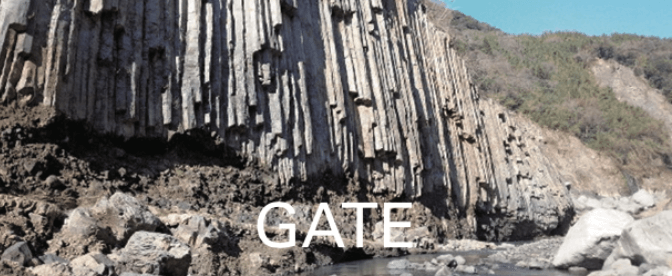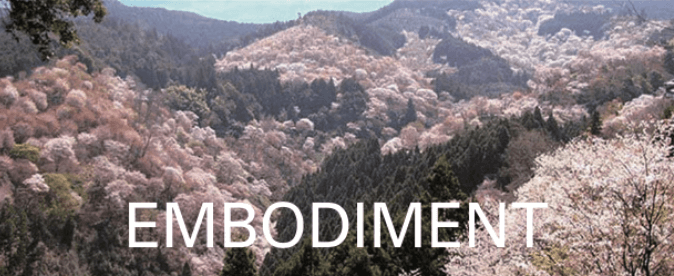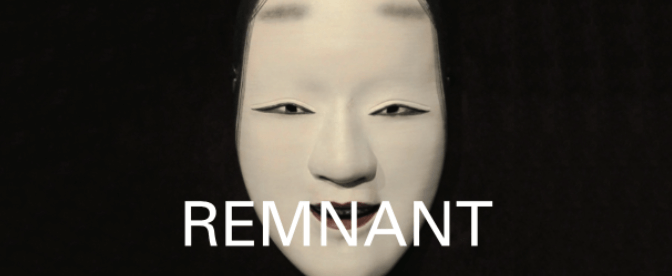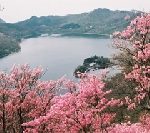
At the northern end of the Kanto Plain, the rich green range of Mt. Akagiyama had supported the hearts of people and the water flowing from its lake had been the life line of people at the southern foot, since the Jomon and Paleolithic Period, the Old Stone Age of more than 30,000 years ago. Akagi Shrine on the shore of Lake Onuma has enshrined Akagi Daimyoujinn, Akagi’s Great Luminous Deity, and the Gods of Mt. Akagiyama and the Lake.
In the 9th century, the Imperial court ranked this shrine highly, expanding its domain to the entire Mt. Akagiyama. This shrine then was registered as Myoujin Tasiha, a shrine of the highest rank in the Engi-Shiki, the code of Japanese governmental regulation in the 10th century. The ancient age and Japanese history had been syncretized here.

“Mythology and Worship” -Mt Haruna, with a height of 1,391 meters, was said to have been made by Daidara-bocchi, a giant in Japanese mythology. The volcanic activity of Mt. Haruna supplied the Kanto region with a layer of loam. The relics of the Paleolithic age were found in this layer. The worship at Mt. Haruna may have started 30,000 years before.
This shrine is located at the southwestern foot of Mt. Haruna. The history of mountain Buddhism has been handed down, and a three-story pagoda is in the precincts. The dragon sculptures on Soryumon Gate, and the coffered ceiling in the hall drawn by the painter patronized by the Sendai Domain, convey the high level of faith. The shrine that enshrines the sacred body in the back of the rock, decorates the shape of ancient Japanese prayer with the majestic beauty of the early modern times.
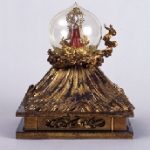
The northern base of Mt. Fuji has always had poor soil and cold highlands. This encouraged each village had to help one another, first through the use of forests and agriculture and, later, through textile production and distribution.
This museum presents the history, folklore, and industry of Fujiyoshida City. It also displays historical materials about the Fuji faith, including “Why did Mt. Fuji become a mountain of faith?” and “Why does Mt. Fuji attract so many people?” At this museum, you can easily learn about the charm of Mt. Fuji.
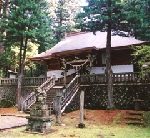
This shrine is located at the foot of Mt. Hayachine (1917m), on the straight line from Hanamaki City to this mountain. This shrine overlaps with the mountain worship of Mt. Hayachine since ancient times, and has a history of Shinbutsu-shugo, the syncretism of Shintoism and Buddhism.
Hayachine Kagura, sacred music and dance, is registered at UNESCO Intangible Culture Heritage List and is a collective term for the school of Take Kagura Dance in the dynamic style and the school of Otsugunai Kagura Dance in the fluent and delicate style.
The mouth of a god mask is open in Otsugunai Kagura, and it is closed in Take Kagura. The music uses 7 beats in Otsugunai Kagura, and 5 beats in Take Kagura. Those inextricably linked Kagura schools convey the history of the God mountain.

